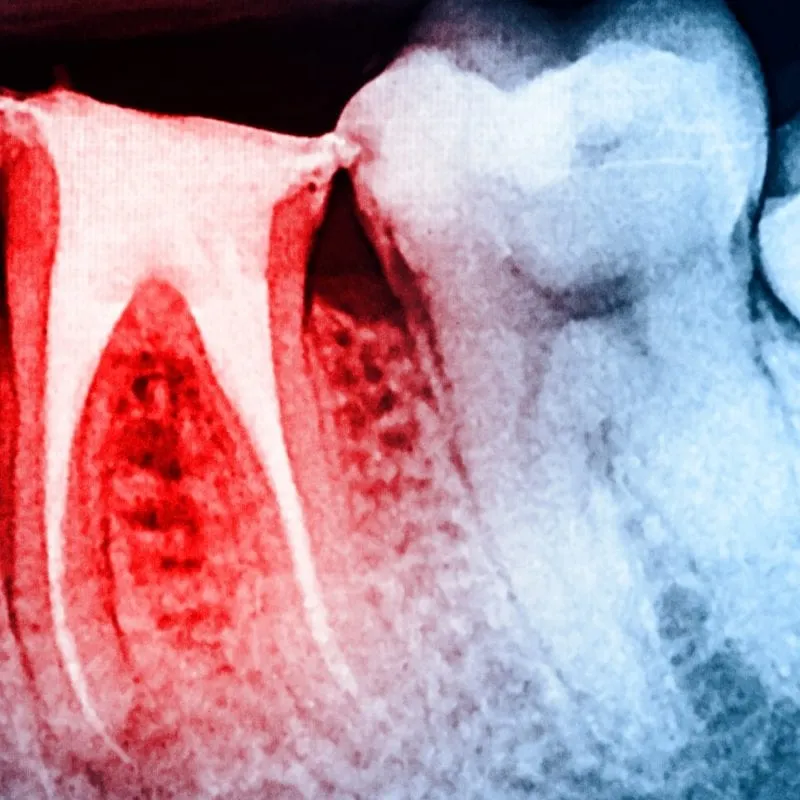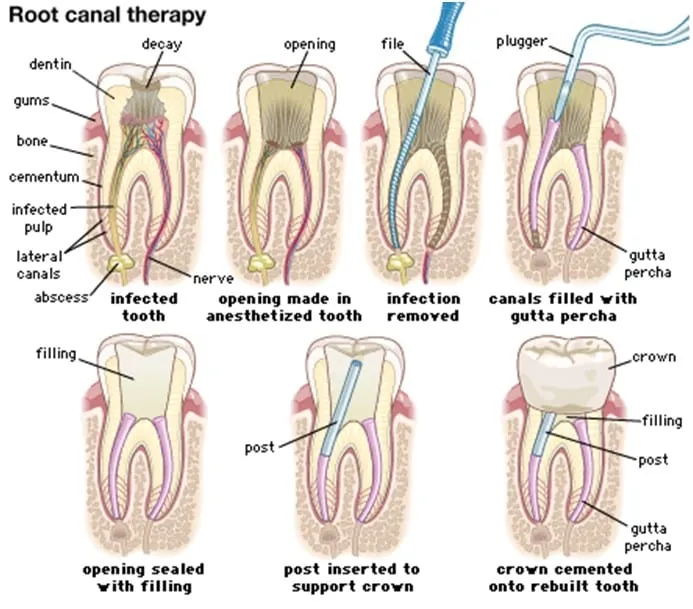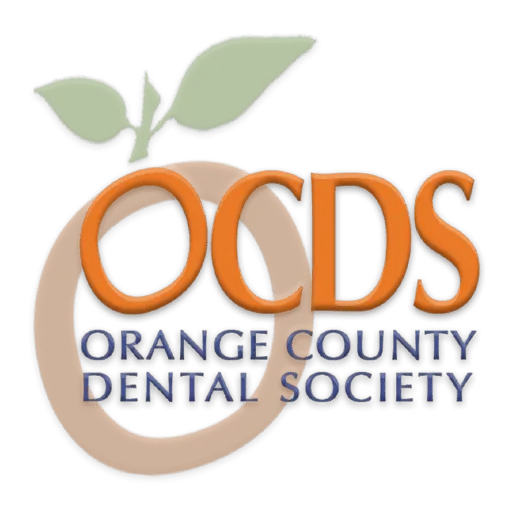For many dental and endodontic practices, clinical success rates for procedures are a crucial part of gaining and retaining new patients. If a procedure is unable to provide the security patients need, then there will be huge consequences for both the patient and the practice. However, beyond what any procedure may contain, clinical success rates are the benchmark for treatments in endodontics. Obstructed canals, endometrium infections, and other complex tooth issues require studies and countless assessments to be able to determine how to treat these conditions truly, and using technologies and procedure techniques with the best success rates possible is what can ultimately make or break an endodontic practice.
What are Clinical Success Rates?
Clinical success rates are the percentage that a technique or product will have to succeed, and the medical industry typically estimates these percentages for vaccines, medications, and new treatments. These percentages are determined through clinical trials and overall ratings from a regulatory body such as the FDA, approving the product for use or treatment. To determine these success rates in endodontic settings, all aspects of the product or technique highly depend on the areas being treated and the phase areas for that treatment. When referring to phases, it refers to the methodologies used to multiply and repeat trials and tests to reach the approval stage by the regulatory body. Most studies typically go through three phases before reaching the approval stage, while the area of treatment refers to its focus or the specific medical condition targeted for these treatments.
For endodontists looking into these studies and trials, the clinical success rates are vital for the success of a practice. The higher the percentage rates, the more likely those products will be used in practices. This also applies to techniques where endodontists are looking to expand their practices through educational seminars further and updating their techniques to medical county boards. However, the increase in clinical success doesn’t just rely on introducing new techniques but also relies on continuously assessing current techniques and products and how they’re currently used to treat patients. This includes changes in endodontic protocols, how practices organize patient appointments, and many other factors related to how clinical practices run.
How Success Rates Work For Endodontic Practices
Success rates, in general, work to optimize medical practices to better help patients. For endodontic practices, this means that skill and educations in techniques and understanding endometrium anatomy aren’t just the only factors that relate to a practice’s success. Rather it is the introduction of new and advancing techniques that matters alongside the mastery of older ones that contributes to better patient outcomes. For studies that have looked into how clinical success rates impact dental practices, these studies concluded that clinical success rates help measure the techniques and products used in practices and how they benefit those practices overall. In short, it’s a gradual progression of this introduction that creates success for patients needing treatment in real-life settings that matter.
One of the biggest challenges often faced by endodontic practices is what techniques or products will be best used for their practice. All percentages used for each technique or product don’t amount to complete success, and failure is always a possibility. One of the best aspects of finding better success is learning from the failures of the past, and that also applies to the techniques even with a 99.9% success rate. Clinical success rates can provide some idea of how a technique or product will work, but its application is even more important, including learning and adapting from moments of failure.
What Are The Determining Factors For Success?
So, how can endodontics determine what technique or product will work for their practice? How are clinical success rates truly defined? To further expand on these questions, the probability of success depends on numerous factors. While clinical studies will provide and use their own methodologies to assess the success of a product, there are still some core factors that endodontists are looking for that matter in formulating and assessing a clinical success rating, including:
- Strictness Criteria: The strictness criteria refers to a measurement of symptoms such as inflammatory bone lesions after the treatment of the condition. In these radiographic measurements, strict refers to the reduction, and lose refers to the opposite effect.
- Functional Retention: Functional retention refers to the functionality of the technique or product, and higher retention rates better contribute to the overall success rate.
- Type of Restoration: While considered a minor factor, the type of restoration used in endodontic techniques also impacts the overall percentage rates for success.
- Length of Follow Up: Other factors relating to the aftercare and follow-up visits produced within a clinical study help determine more predictable, repeatable results that can be used in the overall success rate of a technique or product.
Clinical trials used in these techniques and products are a reliable source for determining success rates because of their ability to be retrospective with their conclusions. When determining failures associated with a technique or product, these failures will also need to be further observed within these studies and addressed in future studies, including:
- Signs of Radiographic Lesions After Treatment
- Present Pain, Swelling, and Sinus Tract Issues
- Post Debonding During Restorative Treatment
- Marginal Leakage From Treated Areas
- Involvement of Periodontal Disease
- Coronal Fractures, Carious Lesions, and Ceramic Fractures
Many studies will continue to define their own parameters for clinical success, but all of this information is vital for the future development of endodontic treatments for patients suffering from complex cases and help provide them with a more positive experience. The techniques used overall can drastically change over the course of generations of studies, and observing these clinical outcomes can help improve dental practices and overall patient outcomes. For practices, in particular, clinical success rates can heavily impact how practices interact with patients through policies, marketing strategies, and one-on-one patient and dentist relationships. Most of all, clinical success rates can help assess the potential a new product or technique can have, but it’s how that product or technique is used that matters more.






